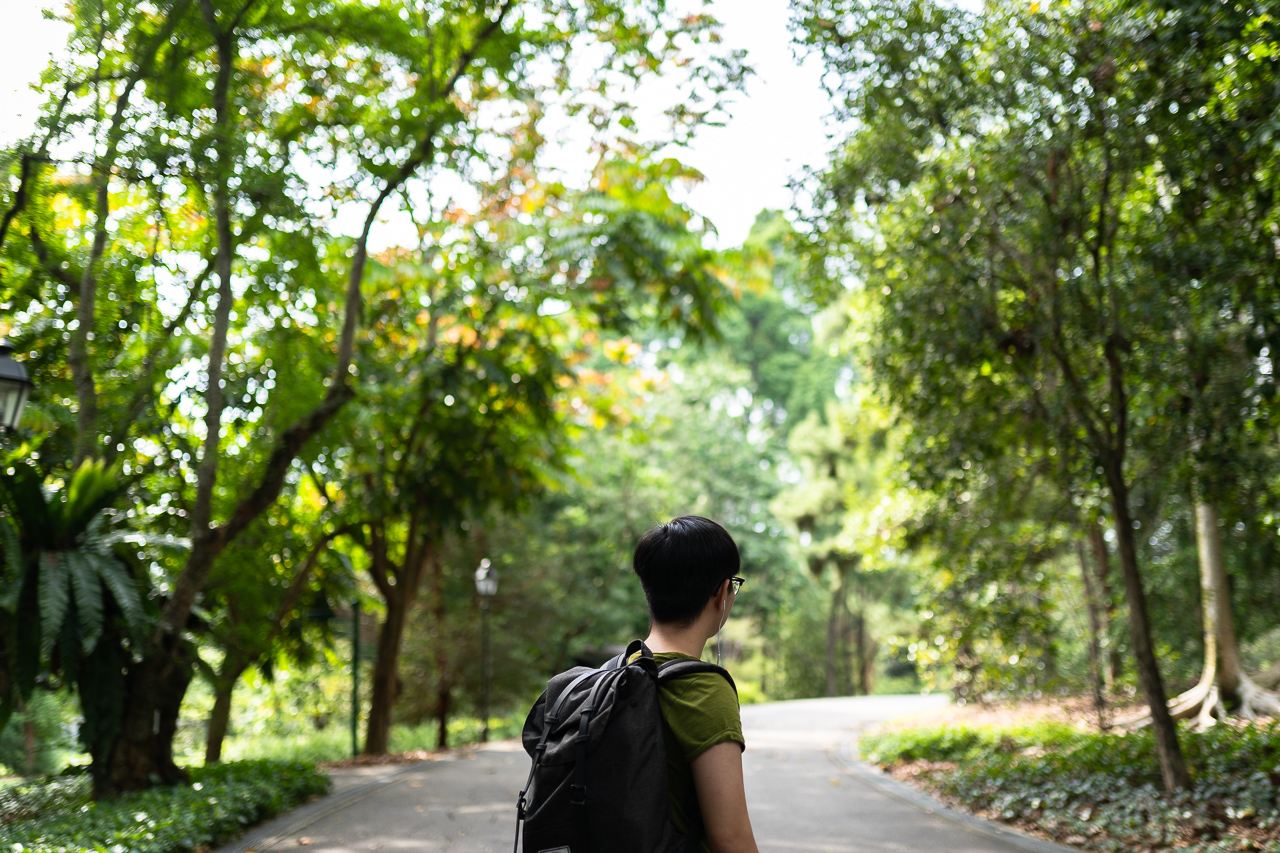Like many Singaporeans, my first lesson in economics was learnt at my primary school canteen. For the first time I had to buy my own food—money in exchange for a good; $0.50 for a bowl of fish ball noodles.
For much of the developed world, transactions are the way things work. From rent-a-partner apps like Maybe to the essay writing black market, Singaporeans have managed to commodify our interactions, turning everything into a cost-benefit analysis. You pay ‘x’ amount of money, or carry out favour ‘y’, and you’re entitled to ‘z’ in return.
So when plastic pollution and climate change come knocking, we run the numbers and … end up apathetic regarding these environmental crises. Because there’s no immediate transaction, and nothing tangibly gained from living sustainably.
How then can we curb our shortsighted obsession with individual gain, even as we know that caring for the planet will bring about infinite collective good?
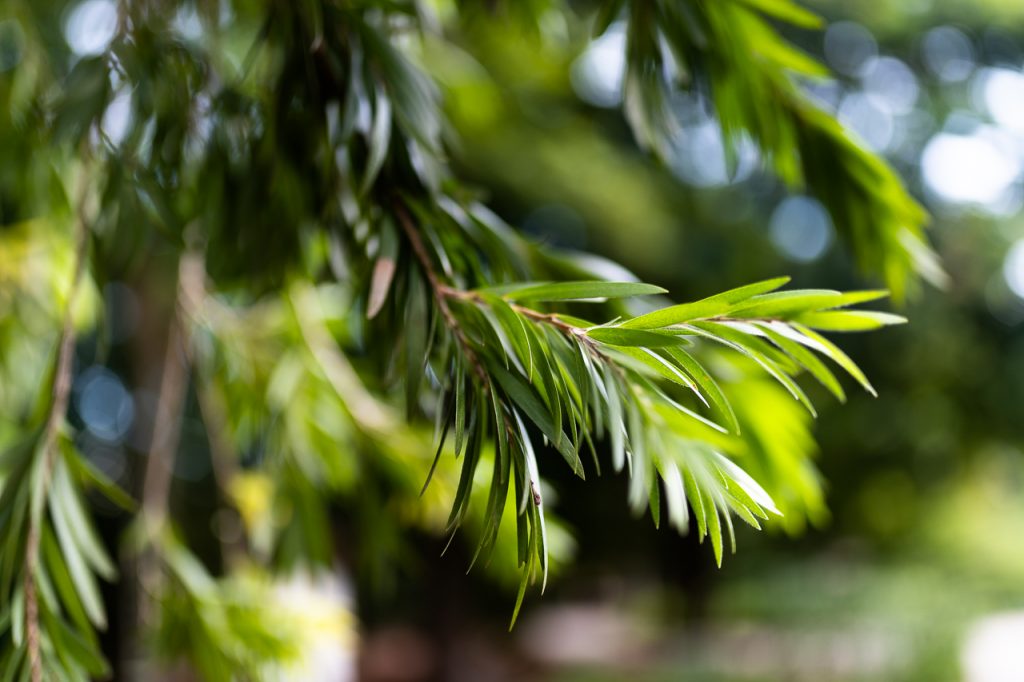
If there’s any book that might make me give a shit about nature, this is it.
So I spent a day at the Botanic Gardens listening to the audiobook. If you pick it up on Storytel, it’s narrated by Robin herself—and what a treat to hear her story in her own voice, exuding the gentle intensity of a lullaby around a campfire.
To summarise Braiding Sweetgrass into a single word, it’d be reciprocity.
Reciprocity is not the quid pro quo we’re familiar with. It’s the giving of a gift—the flow of goodwill that fosters relationships.
It’s when your grandmother knits a pair of socks for your birthday, and you constantly wear it to please her even if you might not like it very much. It’s picking up trash after you’ve gone camping, and leaving a pile of wood for the next travellers so that they have tinder for their fire. They are actions taken without expecting anything in return, but that come back to benefit you anyway.
This synergistic mutualism is all over the natural world. It’s in the way goldenrods and purple asters have complementary colour schemes that attract both humans and bees alike to secure pollination. And in the way the “Three Sisters” of crops (corn, beans, and squash) optimise sunlight and nutrients when they are planted together to bring about maximum yield—and how they rely on humans to be planted, and how humans rely on them for sustenance.
You might roll your eyes at these tree-hugging aphorisms, but that impulse comes from our unwillingness to admit how connected we are with others. We like to think of ourselves as independent, but to even live, energy is transferred from the sun, to plants, to animals, to us.
Reciprocity might be a radical notion that seems antithetical to free market capitalism, but that only reveals how far removed we are from the rest of our world.
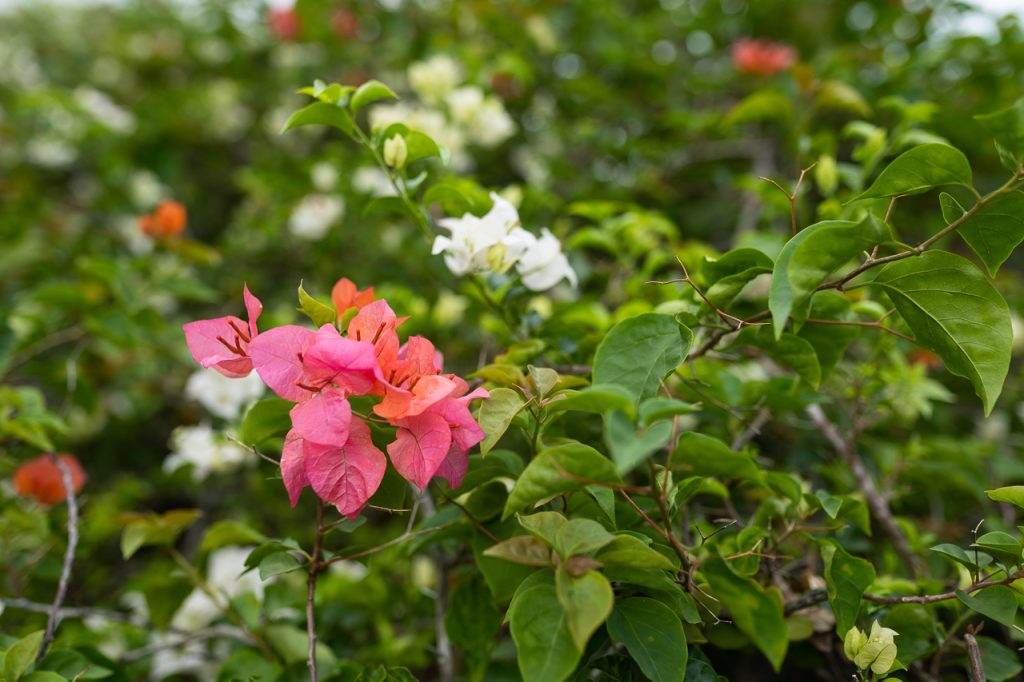
For example, look towards English singular pronouns: he, she, it. The former two are only ascribed to humans, while non-humans are designated “it”. This places humans in a hierarchy above non-humans, othering the latter.
You would never call someone “it”, unless to insult them. But we often anthropomorphise non-humans we care about and describe it using human pronouns—like calling a ship “her”, and your pet dog a “him”.
This is unlike the Potawatomi language, Robin’s heritage. Nouns are treated not as objects, but subjects, through an animate/inanimate dichotomy.
In this paradigm, life is not strictly biological. Think of “Colours of the Wind” from Pocahontas—every rock and tree and creature has a life, has a spirit, has a name.
Potawatomi also lends a kinetic energy to these natural elements. Robin puzzled over verbs that seemed to be inscrutable: “to be a hill”, “to be red,” or “to be a bay.”
But this grammar of animacy allows us to think about even bodies of water as having life and intention. As Robin describes:
“A bay is a noun only if water is dead. When bay is a noun, it is defined by humans, trapped between its shores and contained by the word. But the verb wiikwegamaa—to be a bay—releases the water from bondage and lets it live. “To be a bay” holds the wonder that, for this moment, the living water has decided to shelter itself between these shores, conversing with cedar roots and a flock of baby mergansers. Because it could do otherwise—become a stream or an ocean or a waterfall, and there are verbs for that, too.”

But look at how neoliberalism has fed into our words of choice, and how that further reinforces our biases.
When I wrote about the arrangement of the Three Sisters, I spoke of “optimisation” and “maximisation”—utilitarian tenets in a profit-driven world. We often speak of “self-made” multi-millionaires, perpetuating the illusion of their greatness and discounting the ways we are all codependent: family who brought us up, educators who impart knowledge and give us opportunities, cocoa bean farmers that bless us with morning coffee, and sweatshop children who make our pants.
The demolishing of languages and cultures that hold reciprocity in high esteem has contributed to our lack of it. Robin—and many descendants of indigenous Americans—struggle to reconnect with the language of their people, because of the violent vestiges of colonialism and Western imperialism.
As Americans expanded and took over Native lands, the government forcibly took children from their families and placed them in boarding schools under the guise of an “assimilation program”.
The trauma echoes till today as Robin reckons with her loss, with there being only 9 fluent speakers of Potawatomi left. And while not as extreme, colonialism has left its own legacy, right here in Singapore.
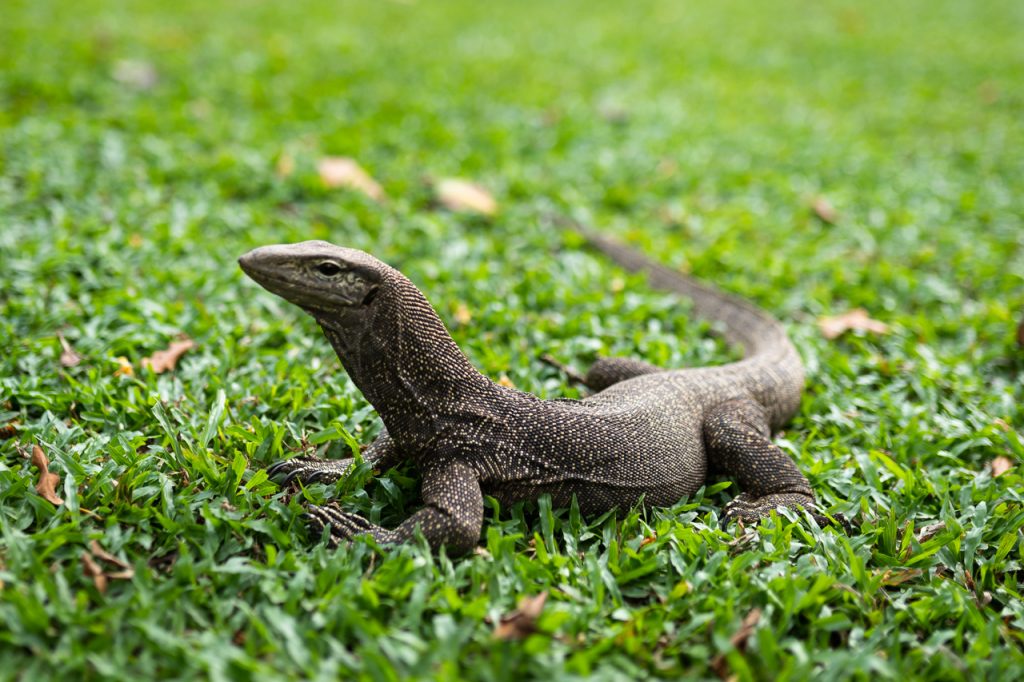
Singapore is so detached from the natural world, we can only grasp at metal straws.
The foundation of our garden city is a concrete jungle. We’ve institutionalised all forms of nature from the very Botanic Gardens I’m sitting in, to the Nature Reserves and Parks and every sidewalk planted tree. We’re so used to this coddling some even demand that we “return wildlife to the zoo”.
Such is the price of modernity. Our independence has been inarguably the best decision when it comes to economic progress and granting us air conditioning. But it’s decoupled us from the Malayan peninsula—our tropical hinterland, where “natural resources” are abundant.
In our cramped, claustrophobic island there’s no space for people, much less the lush verdancy of flora and fauna. How can Singaporeans understand and practice reciprocity when we’re so alienated and constantly reminded that we’re alone in this cruel world?
Even the millennial obsession with plants can be seen as a nostalgic yearning to reconnect with nature. We buy our pots and stare longingly at our succulents because this is the only way we know how to scratch that itch, but it doesn’t come anywhere close.
I gaze into the impeccably curated Symphony Lake, pretending I have bread to feed the koi, the terrapins, the ducks. Braiding Sweetgrass was supposed to instil hope in me, but it’s only made more glaring that in this country I’ve lived in and loved, it might be too late.
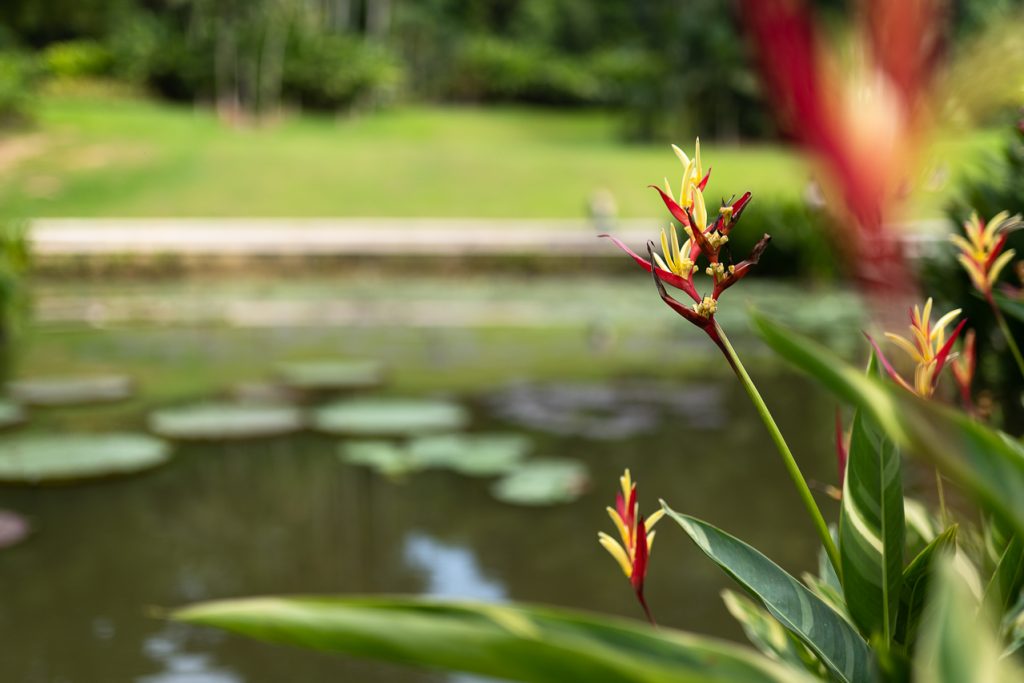
Spending weeks in the muddy marshes of Pulau Tekong, the barren sandscape of MUTF, and all the shitty jungles surrounding Pulau NTU, outfields were always a … primal experience.
Because we piss in the wild. Look, I know there are latrine zones, but when you gotta go you gotta go!
Thus my mother would constantly nag me—after enquiring about her son’s hygiene practices—to say please, thank you, and sorry for doing my business in the open.
As a devout atheist, I didn’t buy my mum’s reasoning that there might be spirits or some Pontianak waiting to disembowel me if I wasn’t courteous while pissing. But I said please, thank you, and sorry anyway, because the ritual intrigued me.
And in this tiny way, I started talking to the trees.
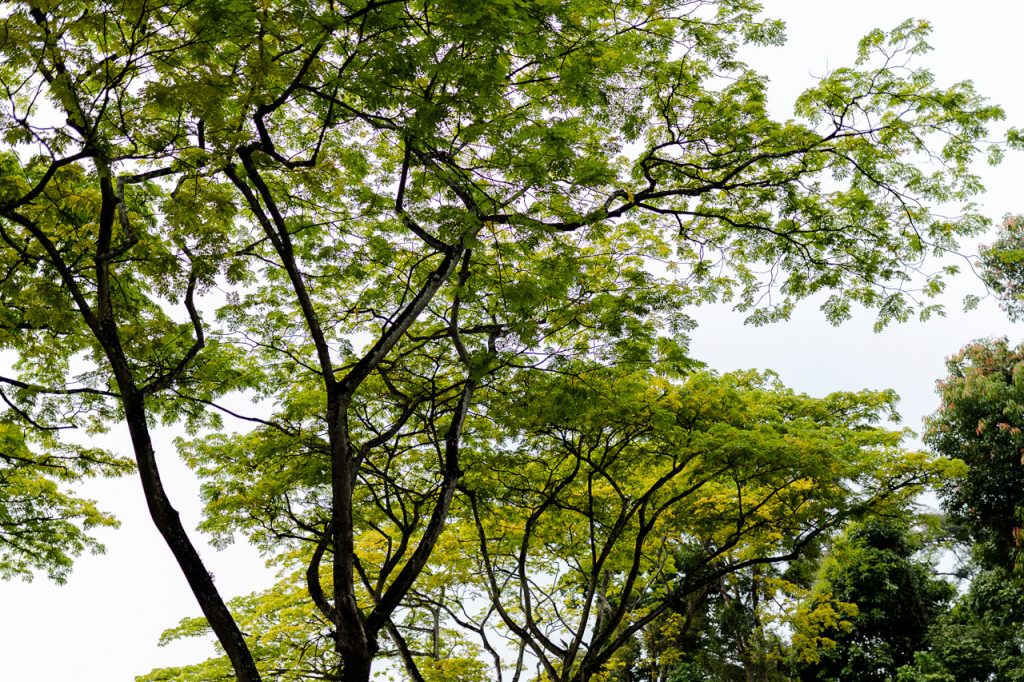
On the other hand Singapore has Raffles, Lee Kuan Yew, and meritocracy—but we can come up with new stories.
Our cultural myths form a basis for our habits, and gives us the language to express our values. Just as the British abandoning us to the Japanese instilled a sense of borderline xenophobic independence across multiple generations, we can come up with stories that have us saying please, thank you, and sorry to nature around us. And that hook can snowball into a wider awareness, into deeper conversations, and a greater empathy that makes reciprocity instinctual.
Braiding Sweetgrass is one such story. It teaches us to treat the natural world with care and respect, just like we would treat other people. And that if we tie our lives inextricably to Mother Earth as it had been before the industrialized world, then maybe this world can be saved.
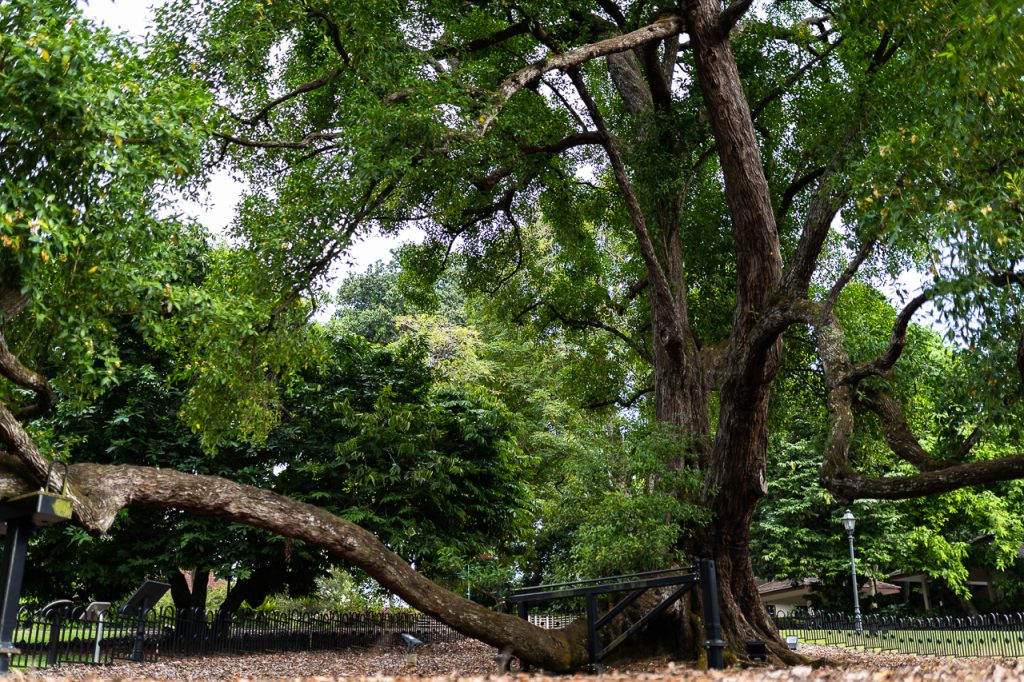
It’s now fenced up for safety reasons. But once upon a time as curious, Lilliputian children, my friends and I would crawl, climb, and conquer this arboreal Gulliver. Its low lying, perpendicular branch rooted us tiny 7-year-olds in the natural world beneath our bare feet.
The Tembusu is home to a treasure trove of stories: of the sense of awe I had when looking at its mammoth trunk, of the thrill of scaling it with ants latching onto my fingers, of pretending to be pirates walking the plank as my friends edged along its branch.
And after you’ve heard these tales about life coexisting harmoniously, go ahead and write more stories about the world you want to live in.
Braiding Sweetgrass is available as an audiobook on Storytel, a subscription-based audiobook platform. Rice readers get a 30-day free trial, so download their app to get started.
Have a story to share? Tell us about it at community@ricemedia.co.

